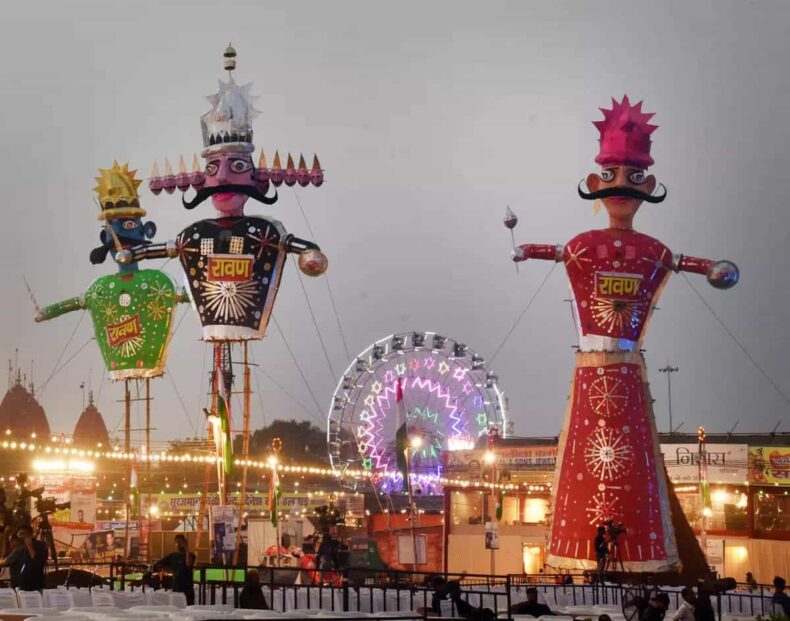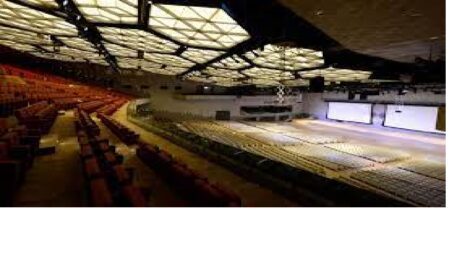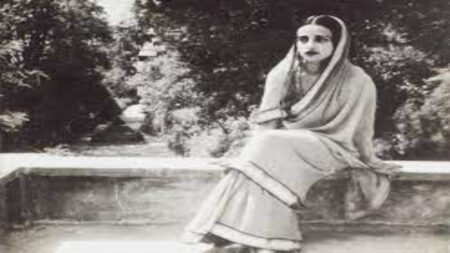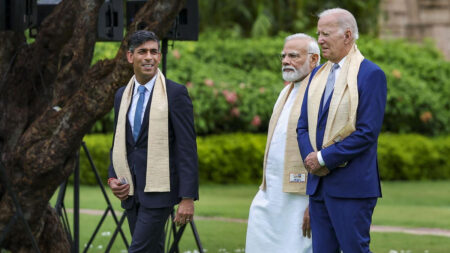India is a country of festivals. From Makar Sankranti in January to Deepawali, Hindu festivals are going on throughout the year. Dussehra is one of the most important. Here are a few examples of different types of Dussehra celebrations in different regions.
Mysore Dussehra
In Mysore, Dussehra is dedicated to the goddess Chamundeswari. The illuminated Mysore Palace appears at night like a fairyland during Dussehra.

The goddess Chamundeswari is taken out in a grand procession after being worshiped by the royal family inside the palace. A decorated elephant is used to support the goddess, which is enclosed in a golden howdah. The Jamboo Savari procession features elaborate tableaux, musical and dance performances by a range of artists, reenactments of regional folktales, decorated elephants, enormous puppets, horses, and more. The royal palace serves as the starting point for the procession, which ends at the Banni Mantap.

In the evening, a torchlight parade takes place here, and the Exhibition Ground, which is direct across from the palace, hosts a sizable fair. Throughout the 10-day festival, there are also organized cultural and athletic events.
Bastar Dussehra
Nothing about the legend of Ram’s victory over Ravana connects Bastar Dussehra to that tale. Unlike Dussehra in other parts of India, here it is not linked with Rama. Usually, the fair and festival last for over 75 days. Dussehra in Bastar begins on Amavasya (dark moon) in the month of Shravan and ends on the 13th day of the bright moon in the month of Ashvin.

Goddess Danteshwari, the protector deity of the Bastar tribal region in Chhattisgarh, and other deities are primarily honoured during this celebration. According to local history, the festival was established by the Kakatiya king, Purshotam. The festival was established in the 15th century. Chariot processions, visits from various Bastar deities to Jagdalpur, gatherings of tribal chieftains, and thanksgiving ceremonies are just a few of the rituals connected to this festival.
Kullu Dussehra
During Dussehra, witness how all of Himachal Pradesh’s supreme deities congregate in Kullu town (about 40 kilometers from Manali) to honor Lord Raghunath. On the day of Dussehra, the festival officially kicks off and lasts for seven days. The deities set up camp in the Dhalpur maidan after traveling there in their own palanquins. Some travelers come from far-flung regions, traveling on foot over a number of days with their entourage, which includes musicians, priests, palanquin bearers, and other helpers.
The Rathayatra of Lord Raghunath, the gods’ procession around the city, and the gatherings of the various deities (conducted by the officiating priests) during which they exchange news and viewpoints are a few of the interesting rituals that take place during this time. Don’t be surprised if one sees some of them getting into heated debates.

The entire town of Kullu is filled with holiday cheer, and the Dhalpur Maidan is the site of a sizable fair. Take advantage of the cultural events and buy handicrafts made in your area, particularly the distinctive shawls and caps. Since Kullu Dussehra attracts many tourists from both domestic and foreign countries, it is best to reserve lodging in advance.
Kolkata – Vijayadashami as Durga Visarjan
Durga Puja is the most famous festival in West Bengal, particularly in Kolkata. The Durga Visarjan is held on the tenth day of the 5-day cultural extravaganza, which runs from the sixth day of Navratri until the ninth day. This time of year is thought to be when Goddess Durga pays a visit to her childhood home. Numerous theme-based pandals dot the city, where life-size statues of Durga and her family members are worshiped for five days.
Married women take part in a ceremony known as ‘Sindoor Khela’ on the final day of the festival, where they dress in traditional sarees and smear sindoor on one another. The celebration comes to an end with the river burial of Goddess Durga’s deities.

The 4 days of Durga Puja in Kolkata are a once-in-a-lifetime experience because of the crowded streets, enormous pandals, minarets, domes, mountain cliffs, and stunning lighting. Although the festival is over when the idols are submerged on Vijayadashami, the celebration continues as people exchange warm greetings with their loved ones and sweeten their mouths with bites of Rasagulla.
Delhi Dussehra
The Dussehra festival is celebrated in Delhi to honour Rama’s triumph over Ravana. Every nook and cranny of the city is home to a temple dedicated to Lord Rama that is adorned with flowers and lit by lamps. The atmosphere is accentuated by religious music and a Ramayana performance. The city hosts nearly 1,000 Ramlila events.

The main cultural event, known as Ramlila, takes place during the city’s festive evenings. The performances at Ramlila Maidan and another on the grounds of the Red Fort are the two most well-liked Ramlila events in Delhi. The primary event during Delhi’s Dussehra celebrations is the burning of the effigies of Ravana, Kumbhakaran, and Meghanath on the final day of the festival. After the ceremony, there is a spectacular fireworks display.
Kota Dussehra
The Kota Dussehra fair is incredibly well-known. Renowned artisans and performers from various cultures of Rajasthan attend the fair. The festival comes to an end with prayers from the villagers, who are dressed in traditional garb, and the burning of Ravana effigies. A large fair is held on the banks of the Chambal River.













